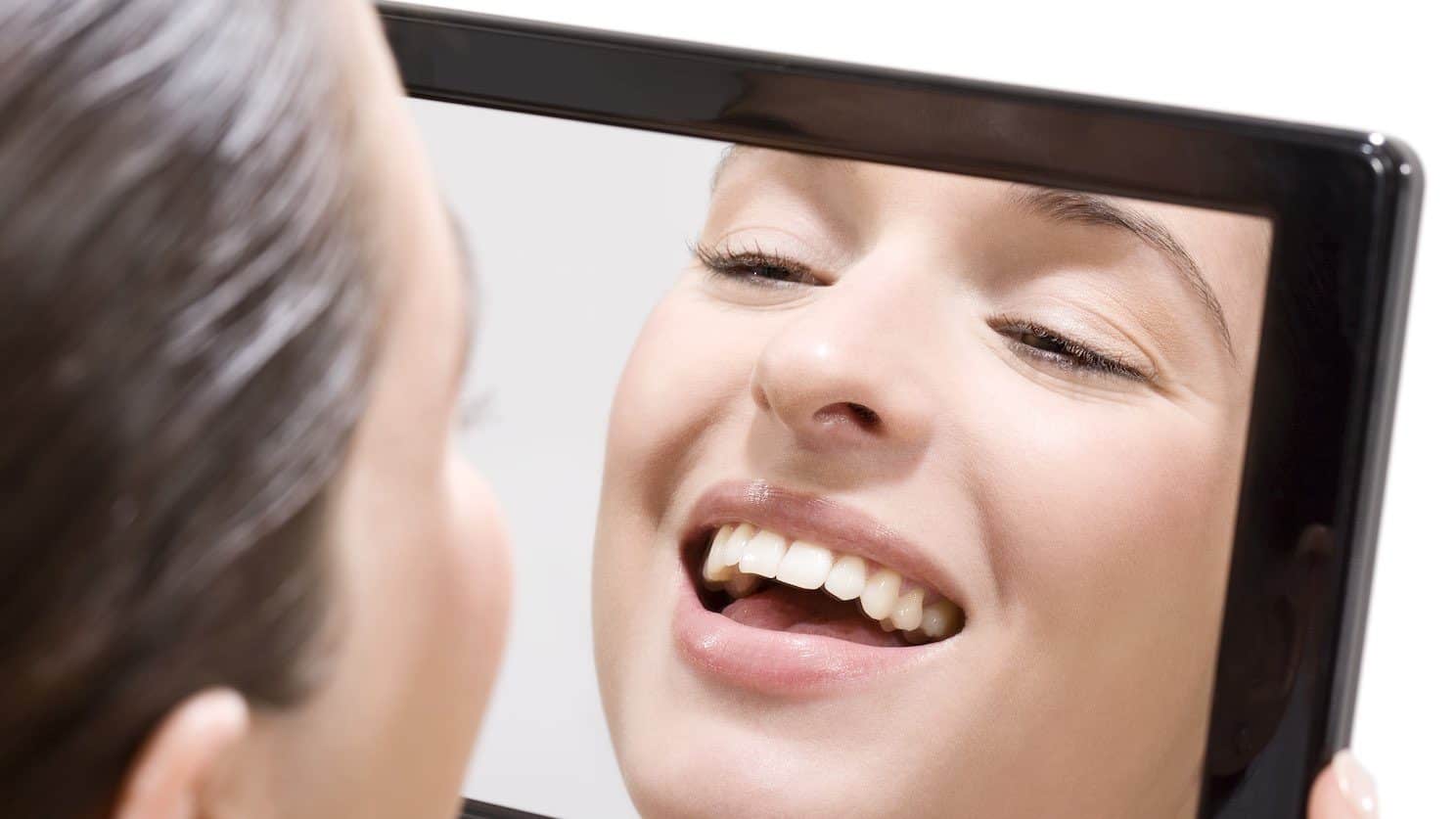The expression “fake it until you make it” should have been written about smiles. Research shows that manipulating your facial muscles into a smile can actually create a subjective feeling of happiness. It’s a phenomenon known as
Facial feedback hypothesis
In 1989 psychologist Robert Zajonc attempted to test the emotional impact of seemingly neutral movements.
“He had subjects make the long E sound, which stretches the corners of the mouth outward—as if they were smiling. Subjects also made the long U, which forces the mouth into a pout. As predicted, people said they felt good after making the long E sound, and not good after pursing their lips.” – Psychology Today
In this article, Costhetics looks at the conversation your muscles and your emotions have with each other, and explores whether cosmetic treatments that freeze muscle movement to erase wrinkles may actually impair emotional response.
Facial Expressions & Emotions
Facial expressions reflect our emotional ups and downs by sending crucial feedback to the brain. When the feedback loop is interrupted by cosmetic injectables for facial rejuvenation, our ability to understand — and be understood — can be compromised.
A groundbreaking 2010 study published in the journal Psychological Science found that women treated with cosmetic injectables that block facial nerve muscles in the forehead experienced a change in their emotional response to written language. Those who were unable to furrow their brows took longer to process the emotional content of sad or angry sentences after treatment.
In an interview with the LA Times, the study author commented:
“The results indicate that our own facial expressions help the brain make sense of the social world…(They) reveal social context by mirroring expressions of those around us, giving us insight into their emotions, states of mind, and future actions,”– Dr David Havas
Interestingly, participants exhibited no change in response time to happy sentences. The idea that the joy of receiving facial rejuvenation injections made it easier for them to experience and connect with that emotion while reading was rejected by the researchers. Instead, it was agreed that the more likely cause was that the injections targeted muscles associated with frowning, not smiling.
Additional research into injectable treatments of smile lines and nasolabial folds is needed to further test this hypothesis.
Muscle Relaxants vs. Fillers
In another study, published in 2011, researchers tested the facial feedback hypothesis by comparing the emotional response of participants who were given injections to paralyse the muscles that control facial expression and those who were given dermal filler injections.
Those who received muscle-relaxing injections exhibited an overall significant decrease in the strength of emotional experience.
Unexpectedly, there was an increase in response to the negative clips from participants who had received dermal fillers. Researchers agree that future work could further clarify the extent to which results are related to the specific injection sites used for each procedure.
Are Cosmetic Injections Robbing People of Their Emotions?
Muscle relaxants are different from tranquillisers or anxiety medication. With muscle relaxant injections, a person can respond normally to an emotional event, such as a sad movie scene, but he or she will have less movement in the facial muscles that have been treated. As a result, there will be less feedback to the brain about facial expressivity.
Costhetics believes the answer lies in more research and seeking out highly skilled practitioners. As we learn about the link between specific muscles and specific emotions, treatments can be better tailored to deliver desired benefits with no emotional toll.
